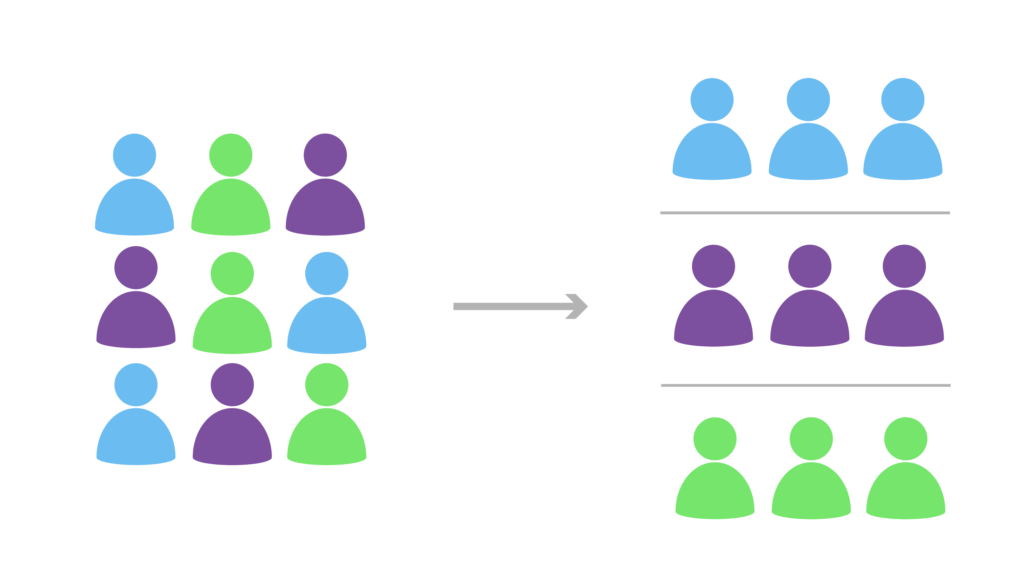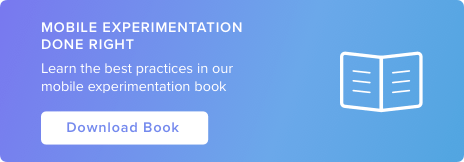4 Ways to Segment Users for App Personalization

To properly personalize your app, it’s important to segment your visitors, which means dividing your traffic based on specific criteria. Segmentation goes hand in hand with personalization because it helps you determine which version of your app’s journey each visitor sees.
Users are now expecting to receive personalized experiences on every app and website they visit, similar to how they expect a personalized experience when they walk into a store. Just like their local barista knows their order when they walk in the door, they want their Starbucks app to know what drink they want to order without having to re-enter special requests.
Segmentation also connects to A/B testing. If you run an experiment on your website of image A vs. image B, you can analyze the results by how certain demographics reacted to the changes. Perhaps iPhone users reacted better to image A and Android users liked image B. This can help you to make future plans for your app and tests you will run in the future. It will also give you a better understanding of how certain user types interact with your app.
There are four main types of segments you can use to help personalize each user’s experience in your app so that the right content, language and incentives will be presented to them:
1. Demographic Attributes include age, gender, geographic location, job title, and role. You can gather this data by asking your users in the onboarding process, or asking them to sign into your app with Facebook which will pull demographic data.
2. Technology used includes the browser type, the source type, software version, phone version and mobile, desktop or tablet.
3. Behavioural attributes include a user’s recent purchases, first time vs. returning users, first time vs. repeat purchases, and power users vs. casual users. Behavioural targeting can show users items that they’ve previously purchased, or items similar to ones they have been browsing. This is extremely powerful in personalization!
4. Account settings and action includes the time of day users are accessing the website, logged in vs. logged out visitors, new or known leads, subscription level, loyalty program level, and plan types. This information can help you suggest certain users different options on your site or rewards. Additionally, time since last engagement with app can be helpful to help you retain users who have started to drift away.
After you’ve decided tests to run with your segmentation, it’s important to run follow up tests and iterate to see why certain types of users engage more with certain aspects of your app. This will optimize personalization on your website for all users. Quickly, you’ll find you get a really good idea of how to give a unique experience for each user and increase your conversions by giving them a great experience on your platform.
Check out Taplytics for help with website segmentation!


